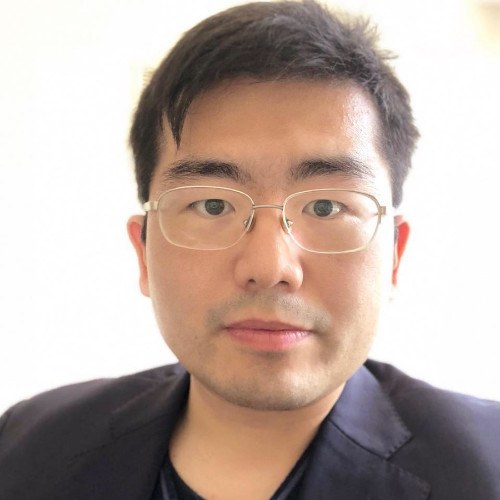Conference on Quantum Electromagnetic
19/11/2018
El dimarts 4 de desembre a les 15h, Wei E.I. Sha, professor del College of Information Science & Electronic Engineering at Zhejiang University (Hangzhou, Xina), impartirà la conferència "Quantum Electromagnetics", a l'aula A4-105 de l'edifici A4 al Campus Nord de la UPC.
Abstract
Modeling electromagnetic field-matter interaction plays an essential role in technology and science. Solving classical Maxwell’s equations with bulk electromagnetic parameters including permittivity and permeability is a commonly-used tool to understand physical effects and optimize engineering designs. At the quantum regime, when the size of
quantum particles (atoms, molecules, quantum dots, and superconducting circuits) is pretty small compared to wavelength (typically smaller than 10 nm at optical frequencies), the “homogenized” bulk permittivity and permeability of the classical Maxwell equation is invalid or meaningless to describe electromagnetic responses of the quantum particles. In this situation, quantum effects become significant and therefore the particle system needs to be quantized.
quantum particles (atoms, molecules, quantum dots, and superconducting circuits) is pretty small compared to wavelength (typically smaller than 10 nm at optical frequencies), the “homogenized” bulk permittivity and permeability of the classical Maxwell equation is invalid or meaningless to describe electromagnetic responses of the quantum particles. In this situation, quantum effects become significant and therefore the particle system needs to be quantized.
If the field intensity is strong or the number of photons is large, semi-classical Maxwell-Schrödinger system is adopted to simulate the electromagnetic field-particle interaction,where electromagnetic field is treated as a classical field interacting with the quantum particles. The coupled Maxwell-Schrödinger system can be solved by a unified Hamiltonian approach with a symplectic framework. Versatile interesting physical phenomena involving Rabi-oscillation, radiative decay and shift, electromagnetically induced transparency, saturable absorption, and high-harmonic generation can be reproduced by the semi-classical framework.
If the field intensity is very weak or the number of photons is quite small, both particle system and electromagnetic system must be quantized and classical Maxwell equation breaks down. Regarding quantization of Maxwell equation in lossy and dispersive media, the quantized field-matter-bath system is still an energy-conserving Hamiltonian system. When the matter couples to a heat bath (environment), it loses energy to the bath; simultaneously, the bath feeds the energy back to the matter system. This obeys the spirits of thermal equilibrium, fluctuation-dissipation theorem, and detailed balance theory. As a result, we could introduce the loss to the quantized field-matter system by regarding the heat bath as a Langevin source or noise current. The use of ubiquitous Green’s function is still present in the full quantum calculations, which find rich applications in a great amount of cutting-edge problems, such as spontaneous emission, single photon detection, cavity quantum electrodynamics, and quantum interference.


Comparteix: